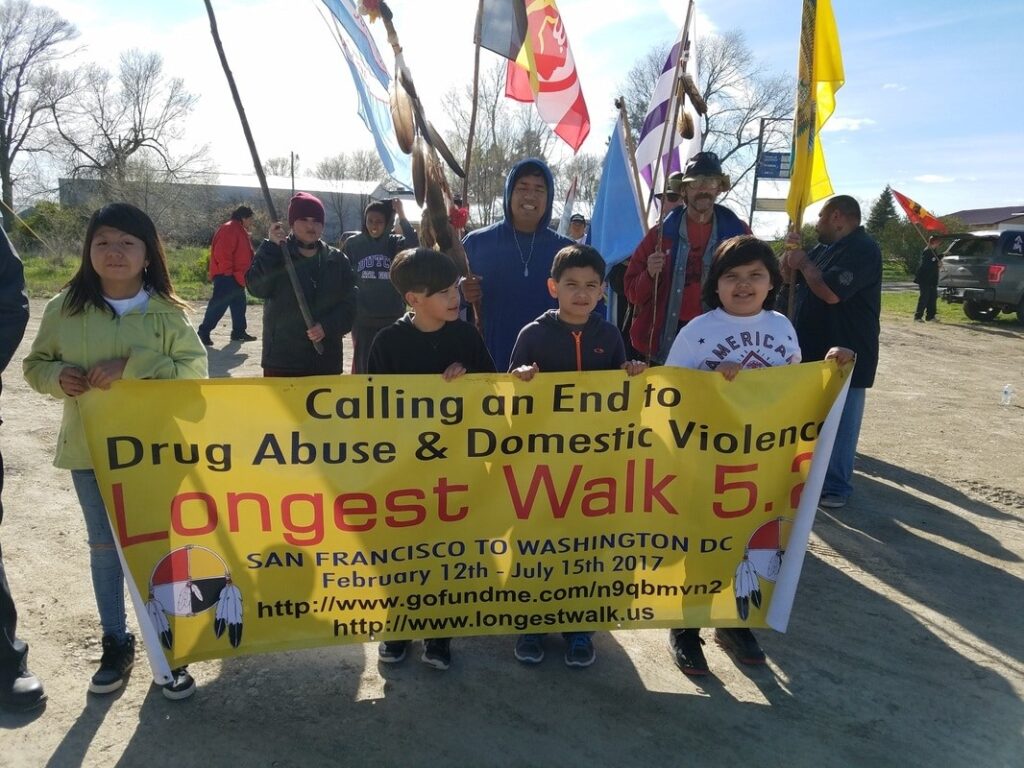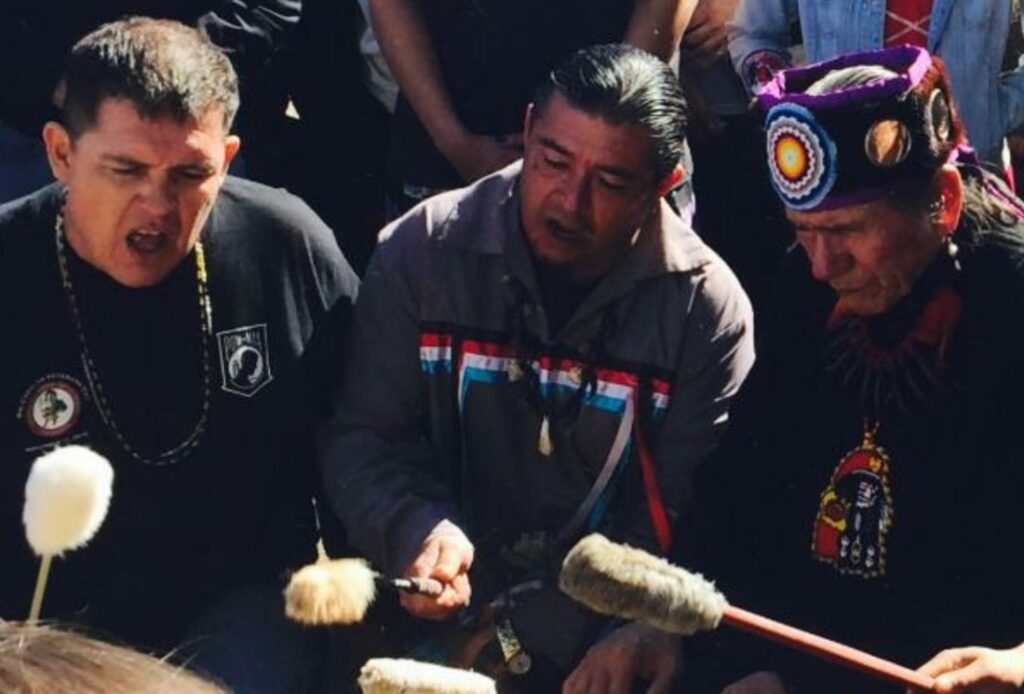The search for answers to some of life’s more extraordinary difficulties can sometimes require extraordinary effort. Drug abuse and domestic violence, for example. A recent study focusing on Native American youth reveals alarming substance use patterns beginning much earlier in life than is typical for other Americans.
American Indian kids suffer from disproportionately high rates of abuse and neglect, and most of them aren’t receiving any treatment for those issues. They experience post-traumatic stress disorder at roughly the same rate as service members returning from the Iraq and Afghanistan Wars. And they’re twice as likely as any other race to die before the age of 24.
The second of three historic walks across the country organized by the American Indian Movement in search of solutions to drug abuse and domestic violence is winding its way toward Kentucky. “The Longest Walk 5.2” began on Feb 12 in San Francisco and is following a central route through the states, ending in Washington D.C. on July 15. The walkers are scheduled to arrive in the Kentucky state capitol in mid-June.
During their five-month trek, the runners and walkers are crossing 18 mountain ranges and visiting 54 tribal communities on a 153-day spiritual journey. Along the way the group is collecting data and testimonies from community members in order to understand how these issues are affecting them, to help inspire change, and to find spiritual and cultural solutions.
The study, conducted for the National Institutes of Heath, found substance abuse rates among Native American students to be significantly higher than national rates for nearly all substances, especially for 8th graders. Rates of marijuana use were very high, with lifetime use higher than 50 percent for all grade groups. Other findings include higher binge drinking rates and OxyContin abuse. “Given the high rates of substance use-related problems on reservations, such as academic failure, delinquency, violent criminal behavior, suicidality, and alcohol-related mortality,” the study concluded, “the costs to members of this population and to society will continue to be much too high until a comprehensive understanding of the root causes of substance use are established.”
Native Americans also are at a significantly higher risk for domestic violence than other segments of the population. According to research conducted for the National Institute of Justice (NIJ), “some 84 percent of American Indian and Alaska Native women have experienced violence in their lifetime, and more than half have endured this violence at the hands of an intimate partner. More than two-thirds of the women, or 66 percent, say they have been the victims of psychological aggression by a partner.”
To put it in perspective, roughly 35 percent of women and 28 percent of men in the general population of the U.S. have experienced rape, physical violence, and/or stalking by an intimate partner in their lifetime, according to the NIJ.
The majority of these cases of abuse—nearly 97 percent—have been committed by non-Native individuals, notes the study summary. Prior to the 2013 passage of an expanded version of the Violence Against Women Reauthorization Act, tribal courts in the 566 federally-recognized Native American tribal lands across the country did not have jurisdiction over non-Indian perpetrators. This meant these non-Native offenders were essentially granted immunity for their crimes. Now, if women on those reservations report an assault perpetrated by a non-Indian, the tribe’s police chief will have more recourse to go after that perpetrator.
The walkers are scheduled to arrive in Frankfort on June 19 with a special ceremony on the capitol steps set for 10 a.m. on the following morning. The event is hosted and organized locally by David Thundering Eagle Fallis of Frankfort.

Speakers will include representation from the Governor’s Office, The Kentucky Native American Heritage Commission, representatives of the Longest Walk, Mayor Bill May, Chief of Police Jeff Abrams, Longest Walk Mid-West Coordinator Mike Pathseeker Bochting, and David Thundering Eagle Fallis. Opening and closing music will be performed by People of the Star Ensemble.
The People of the Star Ensemble is comprised of regional musical artists. Our music explores the myriad possibilities of earth music and, influenced by jazz, classical and funk, forms innovative indigenous music.
The core of the group is Paul M. Osborne of Cherokee heritage. He is well known in the region for his excellence on the saxophone and flute in the jazz genre and also is a superb vocalist. A keyboardist, I cofounded People of the Star. I’ve been composing, collaborating and recording with Native American artists for some twenty years in the Chicago area where I also composed music for public television programming.
[row][column md=”6″]
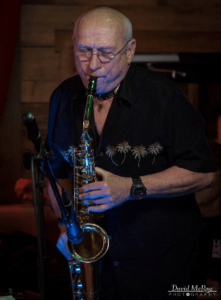
[/column][column md=”6″]
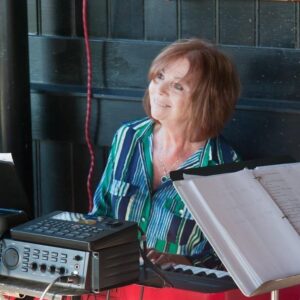
[/column]
[/row]
Joining us in performance at this very special event on the morning of June 20 will be Dan Ward, Choctaw, on Native flutes and percussion instruments. Ward is an accomplished flute maker (Running Wolf Flutes and Instruments). On bass will be Robert Trott.
[row][column md=”6″]
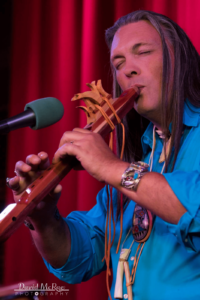
[/column][column md=”6″]
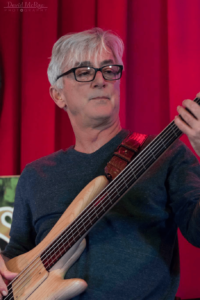
[/column]
[/row]

